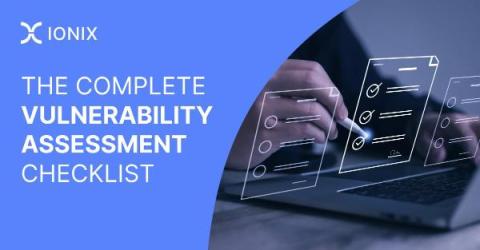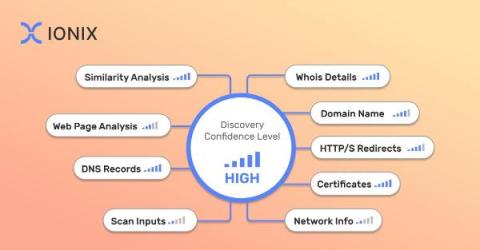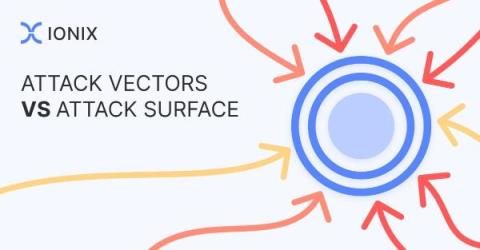Security | Threat Detection | Cyberattacks | DevSecOps | Compliance
IONIX
What is Cybersecurity Risk Management?
The Complete Vulnerability Assessment Checklist
Navigating the Shift: From Vulnerability Management to Continuous Threat Exposure Management
In the rapidly evolving cybersecurity landscape, organizations face an ever-increasing barrage of threats. Traditional vulnerability management, while foundational, often falls short in proactively and continuously identifying and mitigating threats. This necessitates a paradigm shift towards Continuous Threat Exposure Management (CTEM), a more dynamic approach that aligns with the complexities of today’s digital environments.
How to Implement Multi-Factor Asset Attribution in Attack Surface Discovery
As organizations navigate through the complexities of the digital era, the challenge of accurately identifying and managing their asset inventory has become a critical aspect of their security posture. This task, known as attack surface discovery and asset attribution, involves a delicate balance: identifying all assets that belong to the organization while ensuring that no extraneous ones are included.
How to Improve Security Hygiene and Posture Management with ASM
Security hygiene and posture management (SHPM) is a relatively new concept, yet it’s fundamental to protecting sensitive systems and data. There’s growing recognition that it’s critical for today’s companies to fully understand assets and their relationships. As a result, more companies are looking to SHPM as a core component of their cybersecurity programs.
How are Attack Vectors Related to Your Attack Surface?
In the world of cybersecurity, two terms frequently dominate discussions among professionals: “Attack Surface” and “Attack Vectors”. At first glance, these concepts might appear separate, but they are intricately linked, shaping the way security experts strategize and implement defenses.











